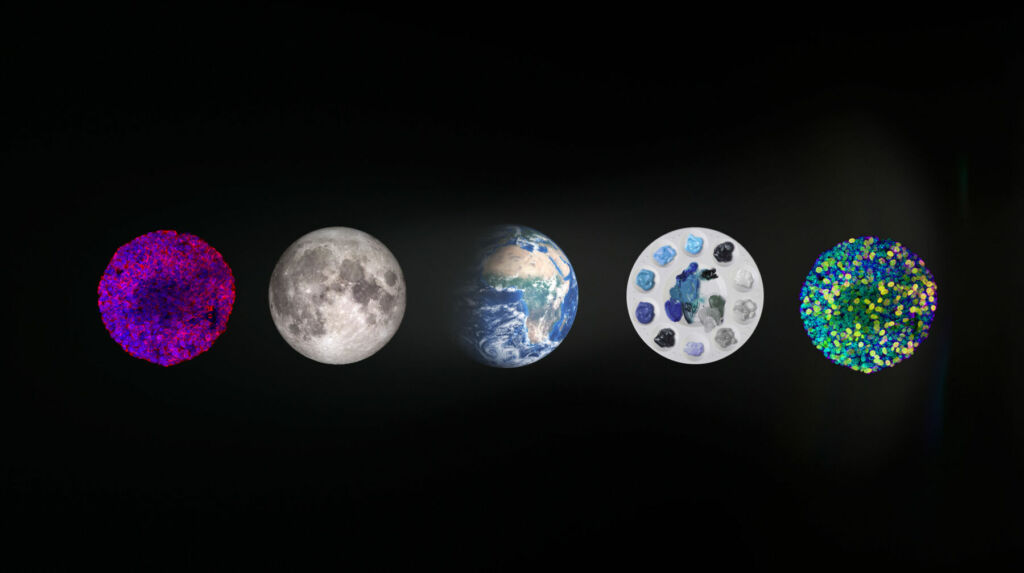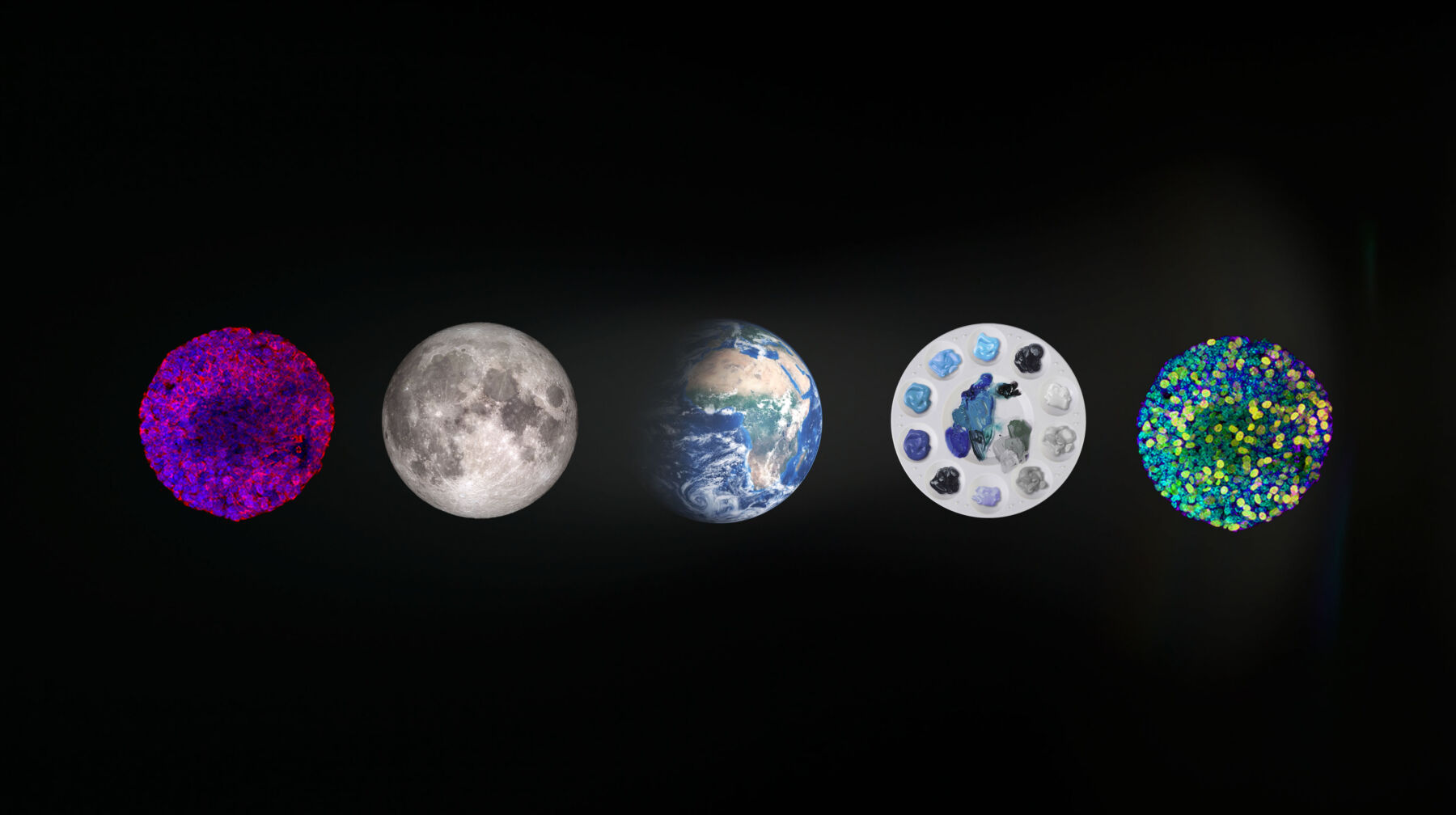Text by David Harris

How much science and how much art do you need to know to be an effective science artist? There are certainly different schools of thought, but if one wants to be taken seriously by and influence both communities, then the answer is a lot of both.
A common term used in the design community and a desirable characteristic of designers is “T-shaped expertise”. T-shaped refers to somebody who knows a little about a lot and with the ability to collaborate across fields with an additional speciality in which they have deep knowledge.
Many science artists fall into this category with some field of either science or art as their deep knowledge. However, I believe that we need more pi-shaped people with deep expertise in science and art, and the ability to collaborate across disciplines.
The main reasons for this are 1) such a person is able to hold ideas from their two specialities in their mind at once, thereby improving the chance of creative breakthroughs (as is known from research to be an important factor), and 2) if science art is to be credible in both science and art communities, then the person needs to be able to speak both languages with ease, and present ideas that are of significance in both communities and that won’t be ridiculed as patently absurd, repetitious, or derivative.
What is the problem with T-shaped people? The main issue is of credibility. It is easy to make science art that is interesting as art but that scientists write off as ridiculous due to fundamental misunderstandings or misappropriations of scientific ideas. It is also easy to make science art that is true to the science but is not particularly interesting as art (a lot of scientific visualization, for example, would fit in this category).
What does expertise in two fields look like? In science, it would generally mean a deep understanding of how the research community works with enough knowledge of the culture to determine that the person does indeed have sufficient content knowledge in a specialist field to have ideas that are valuable to the community.
In art, it would mean an understanding of the art community and culture, along with some understanding of art history, so that any creative efforts made can be placed in the context of the development of art.
The existence of pi-shaped artists presents the potential to have an impact on and influence both science and art communities. It could have the potential to move science art out of the fringe of the art community while still being accepted and supported by the science community.
Although acquiring such expertise doesn’t necessarily mean studying for graduate degrees in both art and science, it does mean a concerted effort to read and learn deeply with the assistance of experts in both fields. Asking this of science artists is a lot, but if they are to influence both scientists and artists, a stated goal of many, then it seems that the hard work of advanced learning in more than one field is essential to that goal.






